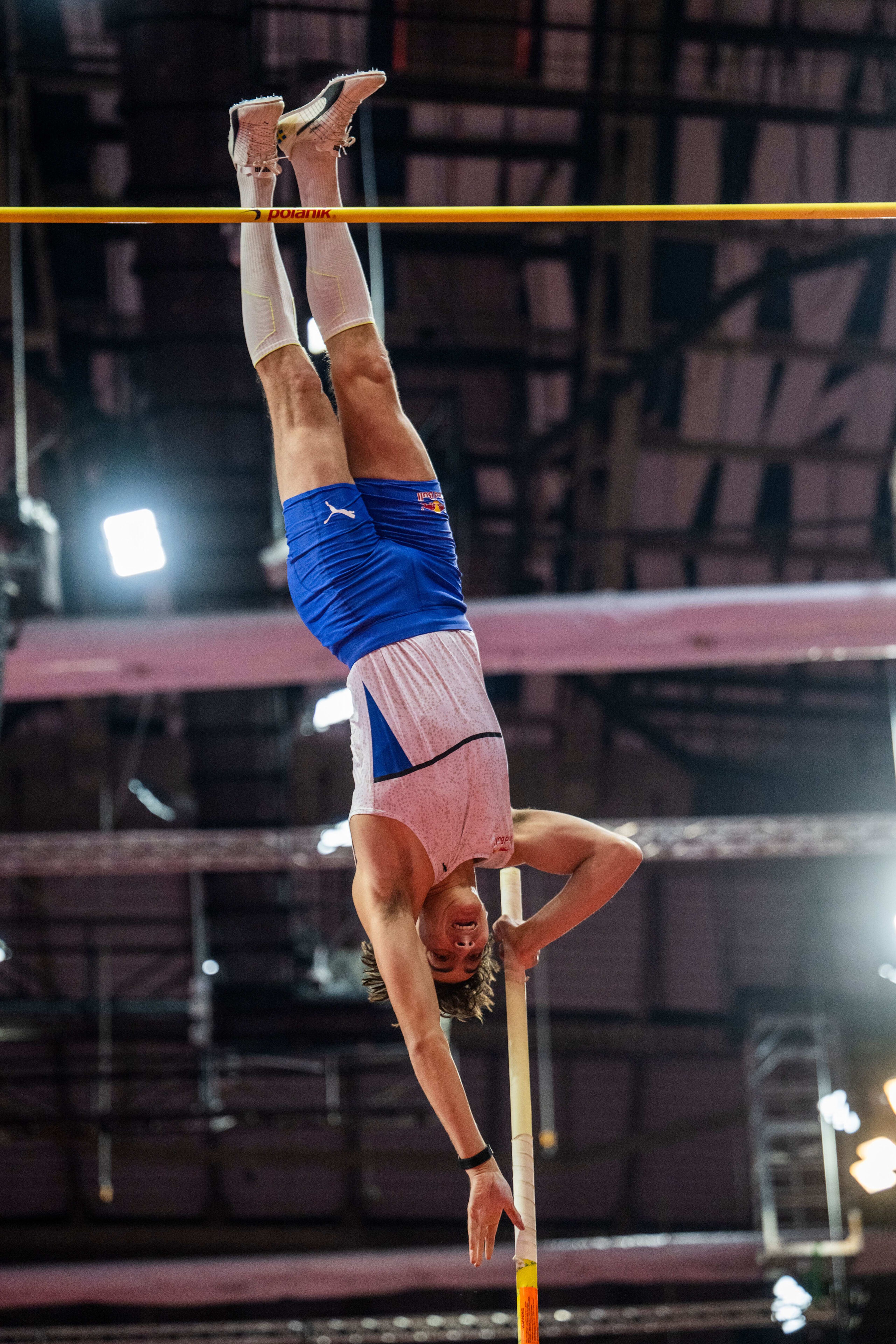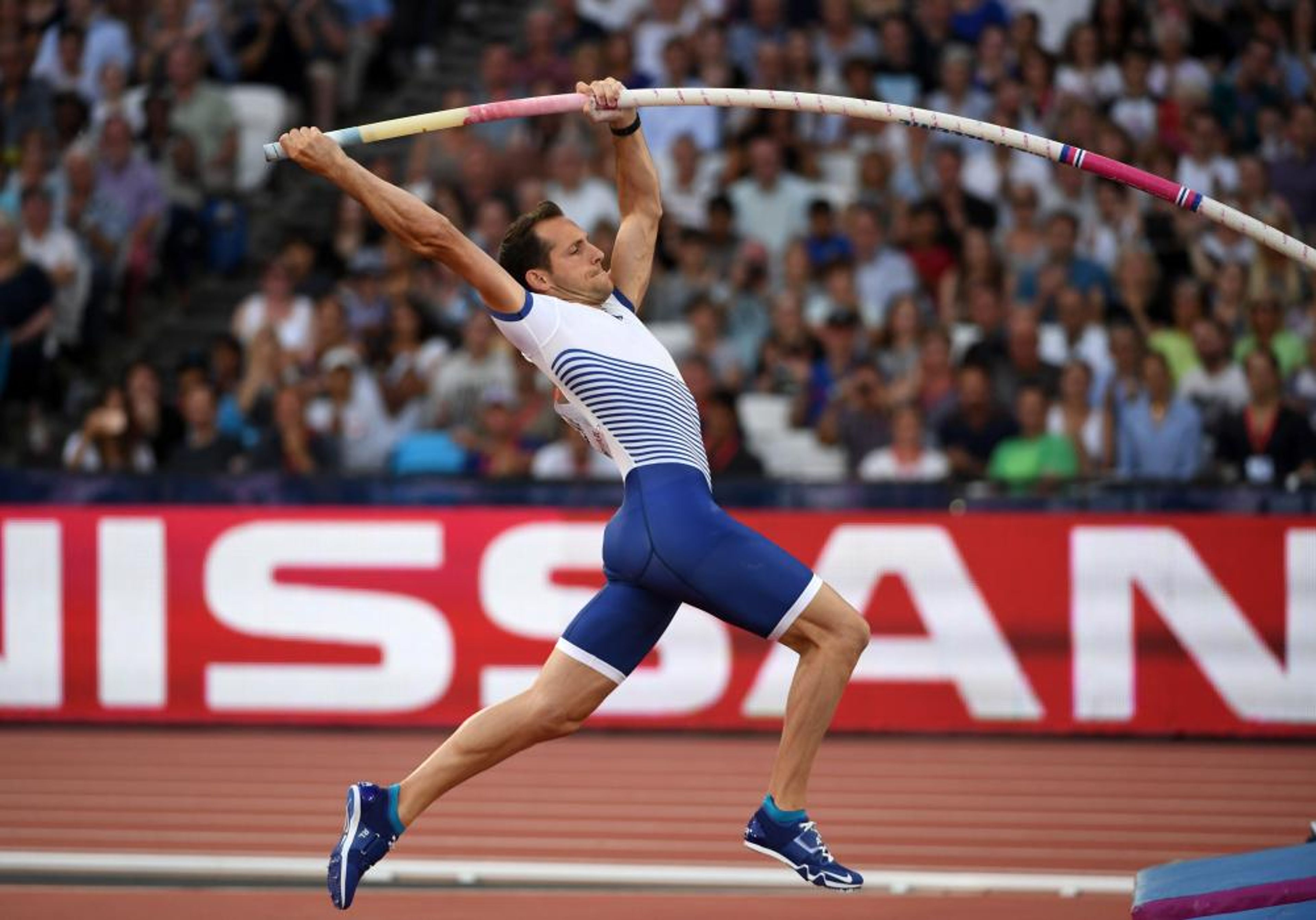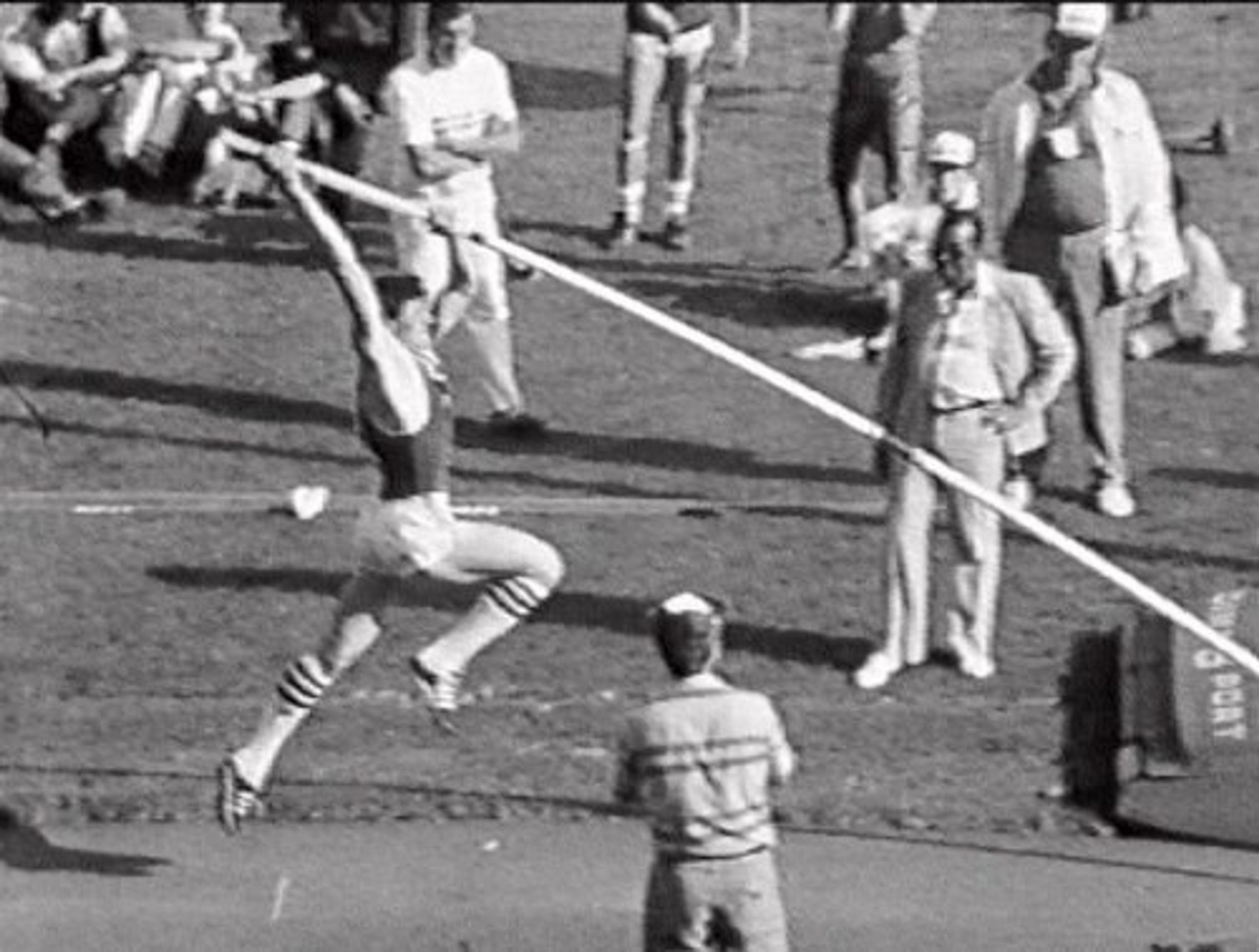Mastering the Pole Drop Technique in Pole Vaulting
Unlock the secrets to mastering the pole drop technique in pole vaulting. Learn the essential steps, avoid common mistakes, and boost your performance with expert tips and drills. Discover more inside.
Mastering the Pole Drop Technique in Pole Vaulting
Pole vaulting is a sport that demands precision, strength, and technique. Among these, the pole drop is a critical skill that significantly impacts the success of a vault. The pole drop must be executed correctly to ensure a smooth transition into the plant phase, optimizing the vaulter's performance. Here, we delve into the nuances of the pole drop technique, integrating insights from experienced coaches and vaulters.
Understanding the Pole Drop
The pole drop is the controlled lowering of the pole from a vertical position as the vaulter runs toward the takeoff point. A well-executed pole drop allows for an efficient plant and takeoff, essential for a successful vault.
Key Elements of a Proper Pole Drop
1. Hand Positioning:
- Start with your top hand gripping the pole at the desired height, and your bottom hand supporting the pole lower down.
- Maintain a firm but relaxed grip, allowing for adjustments during the run-up.
2. Pole Carry:
- Begin the run-up with the pole held upright, close to your body, parallel to your spine, with the tip slightly upwards.
- Keep your arms relaxed, shoulders square, and elbows slightly bent for natural movement.
3. Initiating the Drop:
- As you accelerate, begin to lower the pole smoothly and continuously.
- Start the drop around three-quarters of your run-up distance. For an 18-step run-up, begin the pole drop around the 14th step.
4. Controlled Descent:
- Lower the pole at a speed matching your running pace. Consistency is key to avoid abrupt movements.
- Focus on the takeoff point, using peripheral vision to monitor the pole's position.
5. Coordination and Balance:
- Keep your stride length and frequency consistent. Avoid stutter steps or over-striding, which can disrupt balance and timing.
- Engage your core muscles to maintain stability and control during the drop.
6. The Plant Phase:
- The pole should be fully lowered and ready to plant as you approach your takeoff mark. This transition should be seamless, with the pole tip landing in the box as your takeoff foot strikes the ground.
- Aim for a high plant, fully extending your arms and driving the pole into the box with precision.
Advanced Insights and Common Mistakes
Active Pole Drop:
- The pole drop should be "active," meaning the pole tip begins high and accelerates into the plant, creating a feeling of weightlessness. This helps maintain good posture, run speed, and plant extension.
Cues for an Active Pole Drop:
1. Start with the pole tip high, at or near vertical.
2. Keep the bottom arm elbow down, with the forearm close to the torso for control.
3. The pole tip should move continuously throughout the run.
4. Control the drop with the top arm, bringing it up behind the torso.
5. The pole tip crosses the plane of the face as the vaulter hits the third step from takeoff.
Common Mistakes:
1. Dropping Too Early or Too Late:
- Start the drop at the right moment. Early or late drops can throw off your rhythm and plant position.
2. Inconsistent Pole Speed:
- Match the pole drop speed to your running speed. Practice maintaining a steady, controlled descent.
3. Poor Hand Coordination:
- The top hand should lead the drop, with the bottom hand guiding the descent. Ensure both hands work in sync.
4. Incorrect Pole Angle:
- Keep the pole parallel to your body during the drop to avoid misalignment at takeoff.
Drills to Improve Your Pole Drop
1. Pole Runs:
- Practice your run-up without the pole to perfect your stride and rhythm. Then, add the pole and focus on integrating the drop.
2. Walking Plant Drills:
- Practice the plant motion beginning slightly above eye level and crossing the eyes as you hit your left.
3. One-Arm Running Pole Drops:
- Hold the pole in one hand at vertical, stabilize with the shoulder, and start with a slow jog. Let the pole tip drop while accelerating in time with the pole. Add the bottom hand as a "shadow hand" for balance.
Conclusion
Mastering the pole drop technique requires practice, precision, and a deep understanding of your own rhythm and timing. By focusing on the key elements outlined above, avoiding common mistakes, and incorporating effective drills, you can enhance your pole vaulting performance and achieve greater heights.








